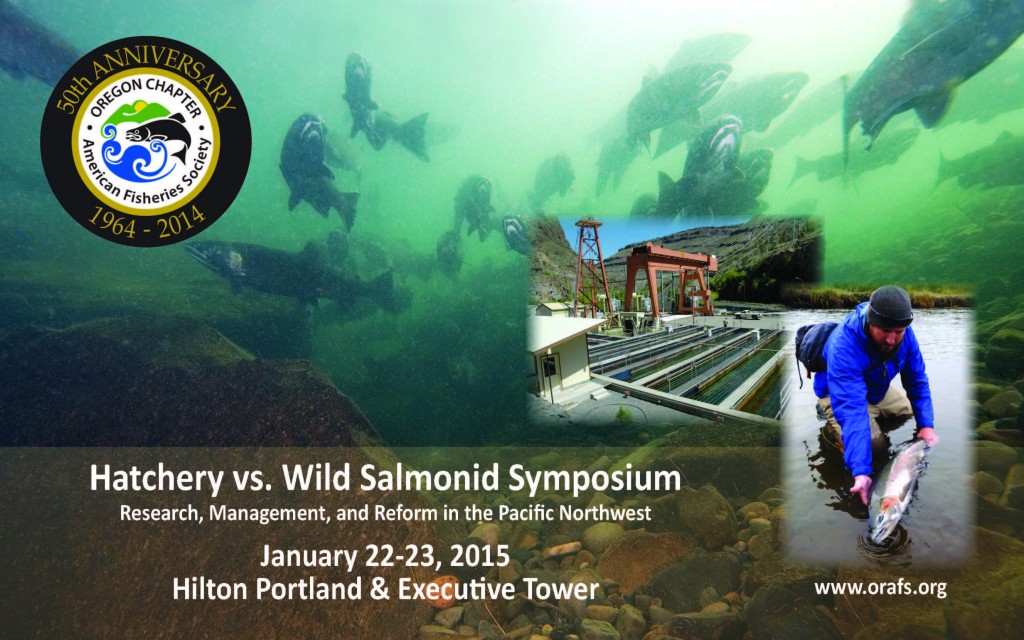Hatchery vs. Wild Salmonid Symposium
Research, Management, and Reform in the Pacific Northwest
Presented by
Oregon Chapter of the American Fisheries Society
Portland, Oregon – January 22-23, 2015
Hilton Portland & Executive Tower
Symposium Purpose: One of the most controversial and hot topics in fisheries biology today is the interaction between hatchery and wild salmon and steelhead. To address and better understand these interactions, fisheries managers and researchers are reevaluating how hatchery programs are managed and if these programs may be contributing to the decline in wild populations. However, hatcheries across the Pacific Northwest continue to play a vital role in producing fish that support recreational, commercial, and tribal harvest and are used to mitigate anthropogenic impacts to fish populations.
As the relationship between hatchery and wild populations becomes better understood, there is a growing need to inform policy makers, resource managers, recreational, tribal, and commercial fishing communities, and the general public on the importance of wild populations, and to define the role that hatcheries play in supporting fisheries. The Hatchery vs. Wild Symposium will convene regional leaders in fisheries management and research to discuss the role of hatcheries and how these facilities can best be used to meet the dual objectives of wild population conservation and fishery harvest.
Documents available from the 2015 Hatchery vs. Wild Symposium:
Symposium Presentations
The Hatchery vs. Wild Salmonid Symposium was made possible in part by the generous contributions of these businesses and organizations
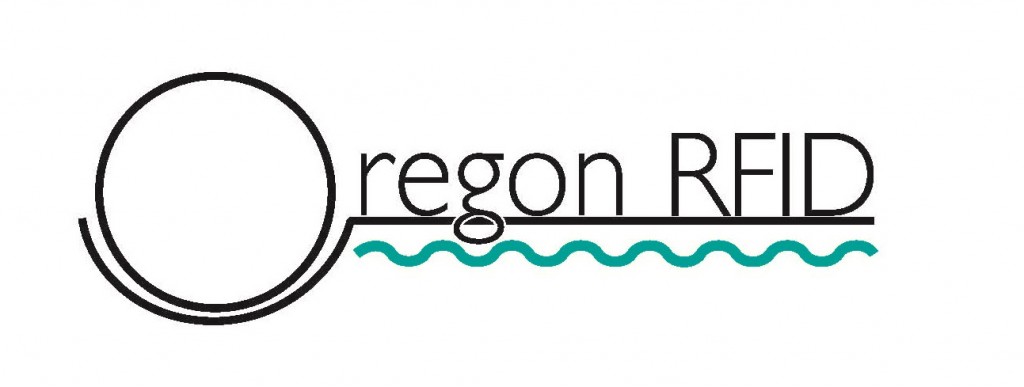 |
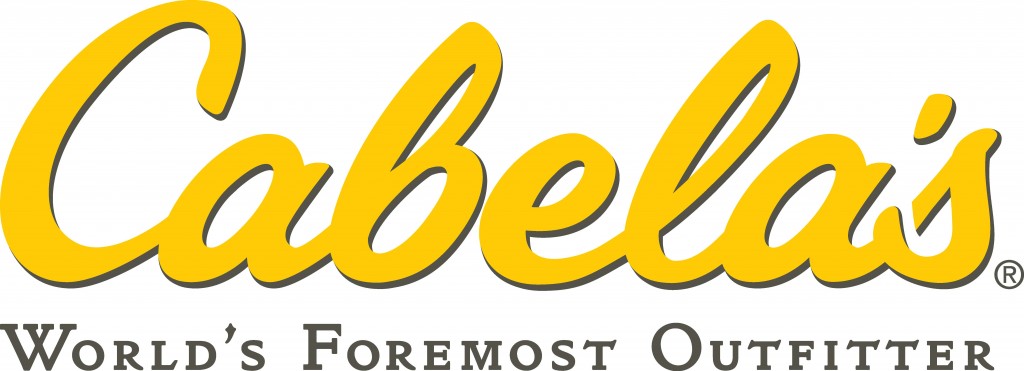 |
 |
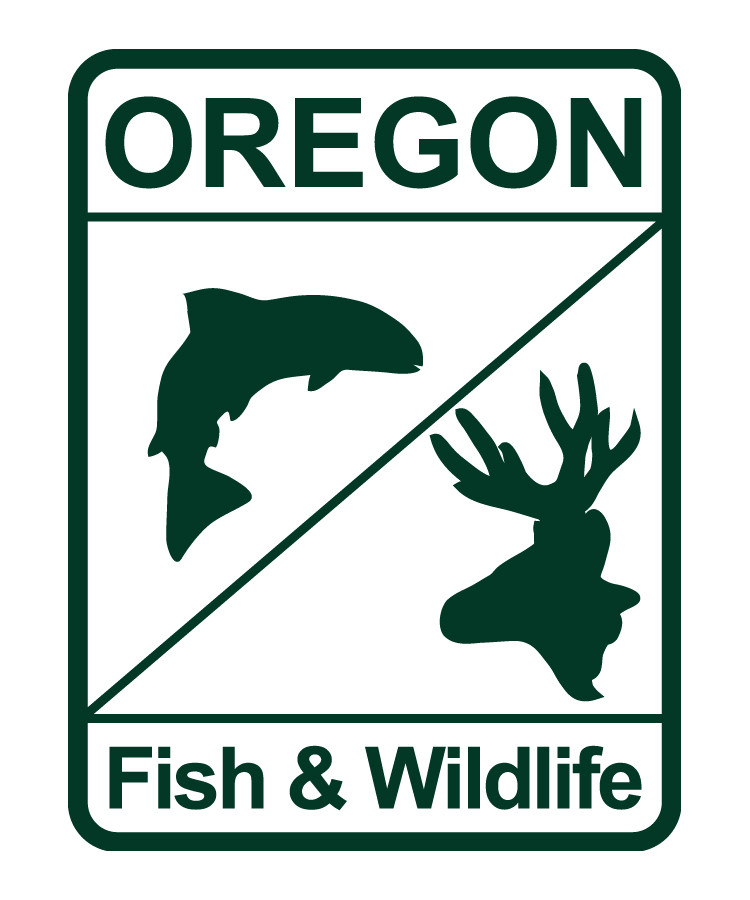 |
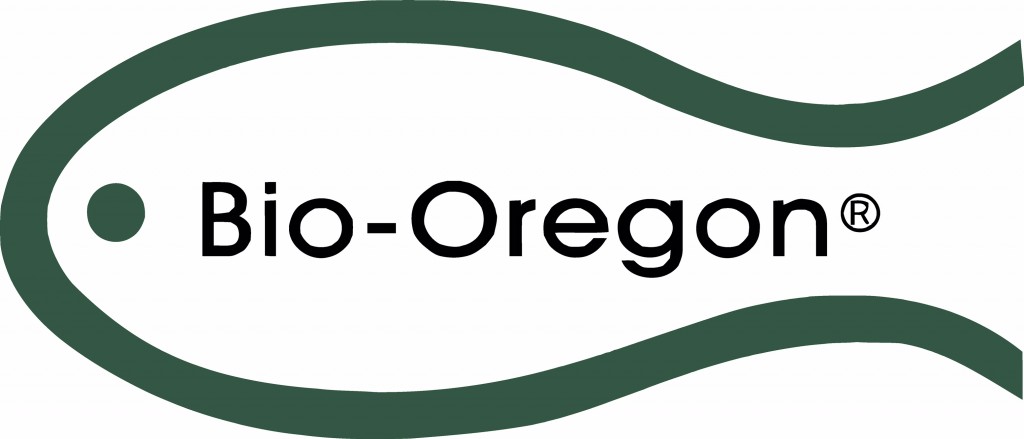 |
